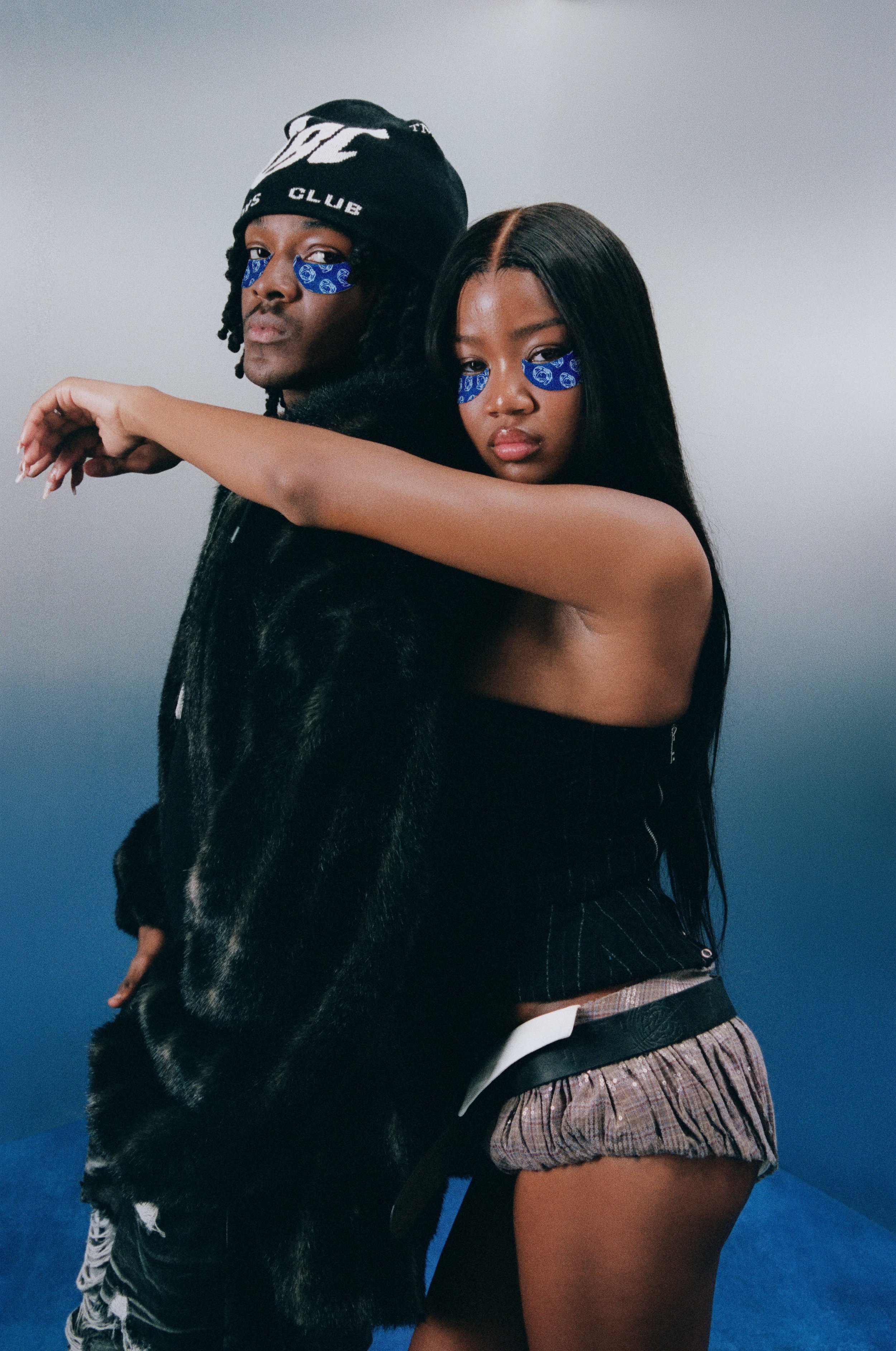4 Reasons Why South Sea Pearls Are Also Called the Queens of Gems
PAGE
By PAGE Editor
The pearl's unrivaled magnificence has come to represent elegance, rarity, and passion. Although pearls were the first "gem" to be discovered, despite the fact that it is an organic gems rather than a mineral, there are no records of their use by early humans. It's likely that man first came across it while looking for food near the coast, which marked the start of a long-standing admiration for one of humankind's most prized treasures.
Despite being more affordable, freshwater pearls can equal the brilliance and beauty of their saltwater relatives. The most expensive cultured pearls and frequently referred to as "the queens of gems" are South Sea pearls, which fall between smooth silver and dark, golden tones. Read on to discover why these pearls are talked about with such splendor.
Introduction and history
These gorgeous pearls are treasures of the South Pacific, giving the person who wears them a look of extraordinary elegance and brilliance. Beautiful South Sea pearls have been prized for generations and are the height of opulence and splendor.
Natural South Sea pearls have been highly sought after by voyagers for thousands of years. As a result, by the 19th century, the oysters that produce these massive pearls were almost extinct. Manufacturers started attempting to grow South Sea pearls in the South Pacific not long after they started culturing Akoya pearls in Japan, and they eventually found economic success in the 1950s.
Sources and manufacturing
Large, white-lipped oysters that are hand-selected from the South Pacific are used in the cultivation of South Sea pearls. The oyster creates substantially larger pearls and is roughly double the diameter of the Akoya pearl oyster.
These opulent pearls are farmed in the greater part of Southeast Asia and Oceania. One round shell bead is inserted into the tissue of a sizable, white-lipped pearl oyster in order to develop South Sea pearls. The oyster starts to develop nacre, the shiny coating that forms the pearl, in response to this irritation.
The longer the time pearls spend submerged, the more nacre coatings they grow, giving them their brilliant appearance. Under the layers of nacre, the bead is still there inside the pearl. A South Sea pearl will typically develop over two to three years. Throughout its lifetime, a South Sea pearl oyster can create up to three or four pearls.
Description
The surfaces of South Sea pearls can be white, turquoise, rose, cream, pale yellow, or rich gold. These pearls are exquisite and glossy, and they have the ability to emit a wonderful glow that attracts attention and gives the people wearing them a bright appearance.
South Sea pearls are known for their spherical shape, but they also come in various baroque shapes, both asymmetrical and oval, which can be lovely and distinctive. South Sea pearls typically reach sizes around 9 mm and 20 mm, which are fairly large compared to other pearls, which are typically around 12 mm in width.
Care for South Sea pearls jewelry
These types of pearls are frequently utilized in expensive fine jewelry and are regarded as luxurious materials. South Sea pearls in white, cream, or gold are usually available in matching strands, frequently with diamond accents. They can be used for brooches, bracelets, necklaces, and stud or drop earrings.
Pearls are fragile; the nacre around the outside of pearls is delicate even though the layer of nacre coating is rather thick. If you don't treat the pearls with the utmost care, they could wear or break away over time.
Keep your pearls away from the rest of your jewelry that can scrape against them, and keep them in a box with a cushioned interior for them to stay in the best shape for longer. Be careful not to expose your pearl jewelry to harsh chemicals, detergents, or hairspray.
Final thoughts
The biggest and most opulent cultured pearl varieties available today are white and golden South Sea pearls. If you're thinking about getting a piece of jewelry made with this pearl, you must be careful not to put them in places where they may crack or wear out.
These pearls take longer to form, which is why their cultivation is more expensive. Because of this, there aren't many South Sea pearl farms, which makes the highly sought-after South Seas extremely uncommon.
HOW DO YOU FEEL ABOUT FASHION?
COMMENT OR TAKE OUR PAGE READER SURVEY
Featured











Miami Art Week 2025 Powered by Art Hearts Fashion closed out the year with a high-impact, citywide series of runway shows, designer debuts, and star-studded events across Miami’s most iconic venues, celebrating global creativity, inclusivity, and the intersection of fashion, art, and culture.